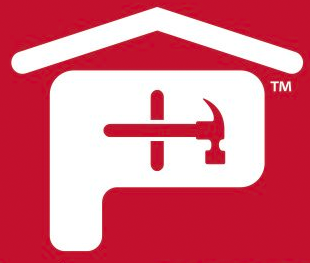Leaders around the world and in the United States are focused on reducing greenhouse gas emissions. There is significant debate about the depth of the problem and about the feasibility and cost or various new technologies and strategies. McKinsey & Company, with the support of ten leading global companies and organizations – The Carbon Trust, ClimateWorks, Enel, Entergy, Holcim, Honeywell, Shell, Vattenfall, Volvo, WWF – has assessed more than 200 mechanisms for reducing carbon emissions across 10 major sectors and 21 world regions between now and 2030. The results, found in the paper “Pathways to a Low Carbon Economy”, offer an in-depth evaluation of the potential, costs and investment required for each of those measures.
There are numerous important findings in the paper. However, of particular interest and importance is that a one-quarter of possible emission reductions (approximately 7 gigatons of annual emissions) would result from measures that carry no net life cycle cost, come free of charge and are available today.
While many of these abatement opportunities involve investing additional resources upfront to make existing and new infrastructure more carbon efficient, in the long term some if not all of that investment can be recouped through lower energy and fuel spending in the future. The McKinsey study further notes that even without the CO2 incentive, these measures would have an economic benefit.
According to McKinsey, the product which can provide the greatest return and offer the most carbon abatement– insulation. Not only will insulation help improve the energy efficiency of a structure but it can reduce the cost of heating and cooling the structure.
Insulation doesn't sound as sexy as solar-panels or wind machines and it is certainly not as visible – but it is available today, it can improve building performance and reduce carbon emissions.
PIMA and its members continue to believe that insulation provides the most cost effective mitigation strategy for CO2 reductions and are pleased to see that policy makers and business leaders are aware of and agree with this approach.



 Gear!
Gear! PRO LOGIN
PRO LOGIN